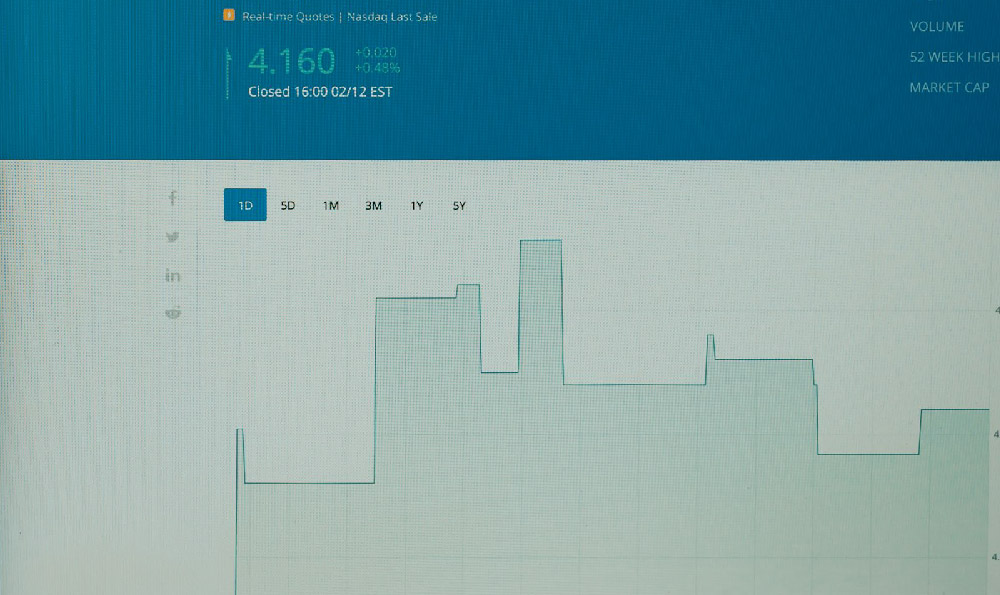How to Invest for Retirement: What and Why?
Investing for retirement is a marathon, not a sprint. It requires careful planning, disciplined execution, and a long-term perspective. The "what" and the "why" are intricately linked, shaping the investment strategy and influencing the ultimate outcome. Understanding both is crucial for securing a comfortable and financially independent retirement.
The "why" of investing for retirement is arguably the more important consideration. It boils down to a fundamental need: to ensure a sustainable income stream when active employment ceases. Social Security and traditional pensions, while potentially helpful, often fall short of providing a complete and satisfactory replacement for pre-retirement earnings. Inflation erodes the purchasing power of fixed incomes over time, necessitating a growing nest egg to maintain a consistent standard of living. Moreover, longer life expectancies demand larger retirement funds, capable of supporting decades of leisure and pursuing personal passions. The "why" also encompasses personal aspirations. Retirement might involve travel, hobbies, supporting family, or simply enjoying a stress-free existence. The "why" defines the desired lifestyle and sets the financial goals that the investment strategy must achieve. Ignoring the "why" is like navigating without a map; you might reach a destination, but it's unlikely to be the one you intended.
Now, let's turn to the "what" – the specific investment vehicles and strategies employed to reach those retirement goals. A well-diversified portfolio is paramount. This means allocating assets across different asset classes with varying risk and return profiles. Relying solely on one type of investment, such as a single stock or real estate, exposes the portfolio to unnecessary and potentially catastrophic risk. A diversified portfolio mitigates this risk by spreading investments across a range of assets, ensuring that losses in one area are offset by gains in others.

Equities (stocks) are a cornerstone of most long-term retirement portfolios. Historically, equities have provided the highest returns over extended periods, outpacing inflation and generating significant capital appreciation. However, equities also carry higher volatility, meaning their prices can fluctuate considerably in the short term. Therefore, the allocation to equities should be aligned with the investor's risk tolerance and time horizon. Younger investors with longer time horizons can typically afford to allocate a larger portion of their portfolio to equities, as they have more time to recover from market downturns. As retirement approaches, the equity allocation can be gradually reduced to preserve capital and reduce portfolio volatility.
Fixed income (bonds) plays a crucial role in balancing the risk inherent in equities. Bonds are generally less volatile than stocks and provide a more predictable stream of income. They act as a buffer during market downturns, helping to stabilize the portfolio and reduce overall risk. Different types of bonds exist, each with its own risk and return characteristics. Government bonds are generally considered to be the safest, while corporate bonds offer higher yields but also carry greater credit risk. Municipal bonds offer tax advantages, making them attractive for investors in higher tax brackets. The allocation to fixed income should increase as retirement approaches, providing a more stable and predictable source of income.
Beyond equities and fixed income, alternative investments can further diversify the portfolio and potentially enhance returns. These might include real estate, commodities, private equity, or hedge funds. Alternative investments are often less correlated with traditional asset classes, providing additional diversification benefits. However, they can also be less liquid, more complex, and carry higher fees. Therefore, alternative investments should be carefully considered and only included in the portfolio if the investor has a thorough understanding of their risks and potential rewards.
Within the virtual currency space, investing for retirement requires even greater caution and a very specific understanding of the associated risks. While certain cryptocurrencies like Bitcoin have demonstrated significant long-term growth potential, the inherent volatility and regulatory uncertainty demand a conservative approach. If considering virtual currencies for retirement, allocate only a very small percentage of the overall portfolio, perhaps 1-3%, to limit potential losses. Focus on established cryptocurrencies with strong fundamentals and a track record of relative stability. Avoid speculative altcoins or meme coins, as their value is highly susceptible to manipulation and sudden crashes. Utilize secure storage solutions like hardware wallets to protect your digital assets from hacking or theft. Regularly rebalance the portfolio to maintain the desired asset allocation, especially as the value of virtual currencies can fluctuate dramatically. Remember that the virtual currency market is still relatively young and evolving, and investing in it carries significant risks.
Furthermore, the "what" encompasses the type of retirement account used. Traditional 401(k)s and IRAs offer tax-deferred growth, meaning taxes are not paid on contributions or investment earnings until retirement. Roth 401(k)s and Roth IRAs, on the other hand, offer tax-free growth, meaning contributions are made with after-tax dollars, but withdrawals in retirement are tax-free. The choice between traditional and Roth accounts depends on individual circumstances, such as current and expected future tax rates. If you anticipate being in a higher tax bracket in retirement, a Roth account may be more advantageous.
Finally, a critical component of the "what" is ongoing monitoring and rebalancing. The investment landscape is constantly changing, and the portfolio should be reviewed regularly to ensure that it remains aligned with the investor's goals and risk tolerance. Rebalancing involves adjusting the asset allocation to maintain the desired proportions, selling assets that have become overvalued and buying assets that have become undervalued. This helps to control risk and potentially enhance returns over the long term.
Investing for retirement is a personal journey that requires careful planning, disciplined execution, and a long-term perspective. By understanding the "why" – the underlying financial goals and personal aspirations – and implementing the "what" – a well-diversified portfolio, appropriate retirement accounts, and ongoing monitoring – individuals can significantly increase their chances of achieving a comfortable and financially secure retirement. Consulting with a qualified financial advisor can provide valuable guidance and support throughout the process.















